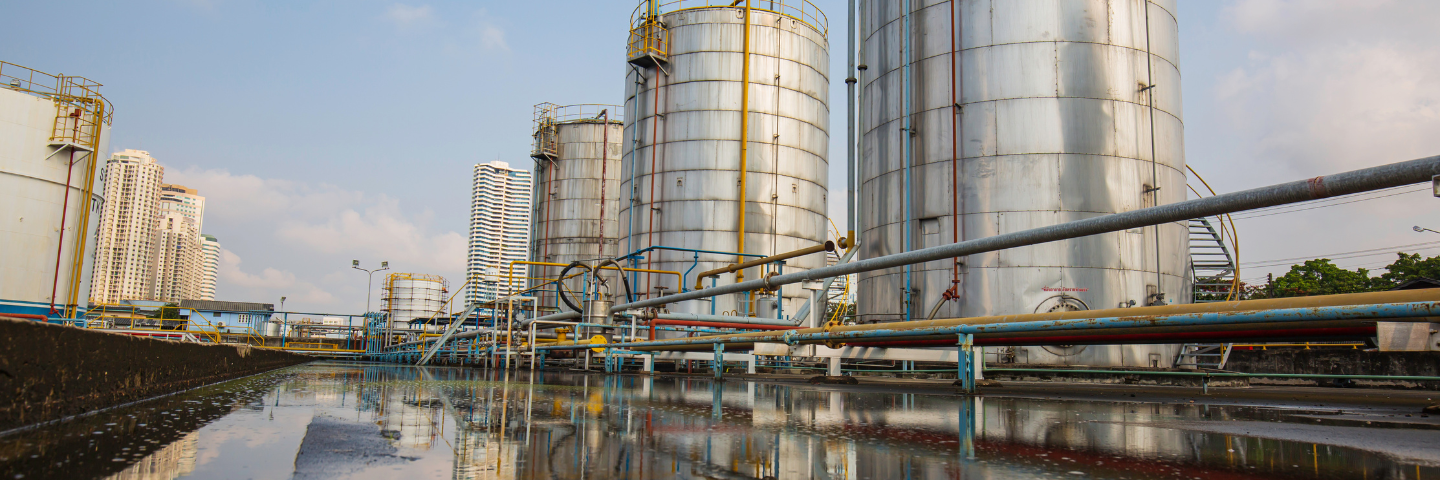____

From the article:
Read the full articleIn this part of East Texas, the Carrizo-Wilcox Aquifer, which stretches from Louisiana all the way to Mexico, sits close to the surface. Any leaks from a dump wouldn’t have to travel far to end up in this vital reserve, which holds more acre-feet of potable water than any other Texas aquifer. Leaks could also roll downhill from the site of the facility, a worrisome threat in an area that receives more than four feet of precipitation every year. “We get heavy rains, and the runoff is a lot,” said Terry Allen, whose ranch is adjacent to the site of the proposed dump. “It will get into the creeks and wetlands.” Water from those creeks flows into the Toledo Bend Reservoir, the largest in the state.
It’s tempting to dismiss this as a simple case of NIMBYism: locals fighting to keep an unwanted dump out of their neck of the woods. Sometimes the locals have a point and can make a case for why their backyard isn’t a geologically suitable location. That is why there are neutral arbiters—state examiners and administrative judges—who scrutinize the evidence and issue opinions. Three times they considered the proposed Joaquin dump, and three times they sided with the locals.
So why did the Railroad Commission of Texas overrule its own experts and give the okay for Louisiana’s oil field waste to get trucked to Joaquin?
____